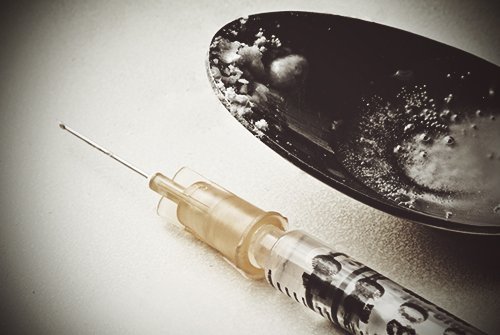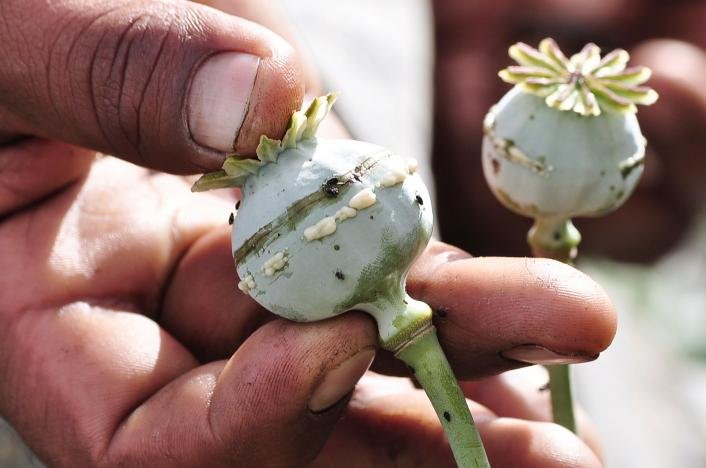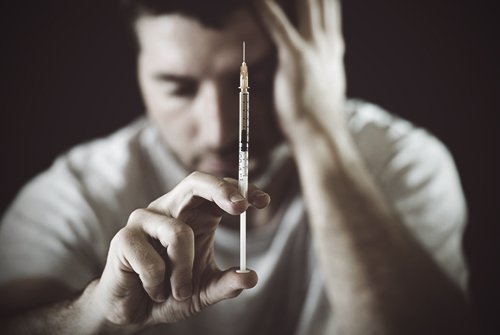The drugs are predominantly responsible for violence in the community, deaths, smuggling, terrorists funded activities, and deliberately exported to the other hostile nations. And one of drugs is heroin, most addictive, notorious and illicit drug. This case study will delineate the drug’s history, statistics, legislation, and issues within youth work context.

Heroin in Australia
Globalisation has its own merits and consequences. During the gold rush, Chinese immigrants came to Australia to work in the mines, and the first events of opium smoking by Chinese workers, and the emergence of heroin as a drug of abuse at the time of the Vietnam conflict in 1955. By the mid of the 1960s, notorious heroin use mostly began in Australia when it was launched by American servicemen on R & R leave (Global and Australian Heroin Markets 2003). In 1979, the predominant route for heroin produced in South East Asia, or the Golden Triangle via commercial airline and overseas mail to Australia (Australian Federal Police 2009). The criminals who had previously obtained their earnings from prostitution and gambling move into drug smuggling. In response, in the mid-1980s, the government created the National Campaign Against Drug Abuse (NCADA) to tackle the increases number of heroin users. However, governmental changes regarding illicit drugs are examined with each move in drug markets, as are the events of corruption in the police department, which contributed the expansion of heroin markets of Melbourne and Sydney in the 1990s (2003). Miller et al. (2001) have found Australian heroin street prices suddenly increased in markets around the country in accordance with a reduced supply of heroin in 2001. The cost for a gram of heroin in 2014 ranged from $150 to $700 compared to $400 in 1996, $220 per gram in 2000 sold under the street names such as brown sugar, horse, and smack, etc. Australian criminals quickly joined this lucrative business, and started importing drugs from the Golden Triangle, or the Golden Crescent (South West Asia).

Dangers of heroin
Opium is one of the oldest treatment known to human beings; used for recreational, and medical purposes. Heroin is made from the resin of poppy plants. Milky, liquid-like opium is first separated from the pod of the poppy flower. This opium is processed to make morphine, then further refined into different forms of heroin. It has been reported that heroin as the second most harmful to users and to others after alcohol (The Lancet Journals 2011), and according to the World Health Organisation, heroin users face a 20 to 30 times higher risk of death than non-drug users (WHO 2017). Just like most opioids, it works on certain receptors in the brain. Brain has receptors for endorphins, the feel-good chemicals your body naturally produces. They help us handle pain by inhibiting the firing of neurons. So, they attach to those receptor sites, sometimes even more strongly than the natural ones in human body produces. Thus, over time user will have increase to get the same feeling. Heroin users reportedly feel a "rush" lasting just a few minutes that produces an intense relaxation. Afterwards, the 'high' lasts for a few hours, and where users fell they don't have a care in the world, or bothered by much in their environment. Heroin's deadly effect come from its relaxing properties. Basically, when user relax, it can supress user respiratory system, to the point where human body forgets to breathe. Heroin can also cause serious heart problems too. According to the National Drug and Alcohol Research Centre, rapidly increasing in drug overdose deaths in all Australia’s major states. Furthermore, in Victoria 133% increase in drug overdose deaths from 73 deaths in 2001, to 170 in 2008 (The Conversation 2017). Heroin epidemic is getting worse it is effecting individuals, and community. The drug users including young people involved in home invasion, violent brawl with paramedics, and springe attack etc. By far heroin outbreak is no sign slowing down; it would be if the governments around the world have to work together ‘war on drugs’ policy.
War on drugs
The governments around the world pledge to end drug trafficking, but often their own intelligence services, and police involved in the crime. In a 1971 speech to Congress, President Richard Nixon called drug abuse, 'America's public enemy one'. In the same speech, he declared 'war on drug addiction'. However, despite the United States occupation in Afghanistan in 2001, production of heroin has tripled in the past decade (Global Research n.d). Today, countries, or states of the country are debating whether to make some drugs such as marijuana legalised and decriminalised. In 2001, Portugal, officially decriminalized all drugs, including heroin, methamphetamines, or cocaine, etc. The CATO Institute found that in the last decade and a half, drug rates remained the same. Instead Portugal has seen a decline in overdoses, sexually transmitted disease, and rates of HIV and AIDS (2009). The simple explanation for this shift; A government push towards treatment options rather than jail time for addicts, and the lack of stigma when seeking help for addiction. This is also known as ‘harm reduction’. Another example from the Golden Crescent, also known as Afghanistan, Iran, and Pakistan. The United Nationals Office on Drugs and Crime (2013) reveals that Pakistan is the most heroin-addicted country in the world nearly a million hardcore heroin addicts. Moreover, in 2007, there were about 90,000 addicts, including young people injecting heroin, as the result between 2005 to 2011, rates of HIV among user climbed from 11% to 40%. Additionally, most drug users also had an unprotected sex with women, or young men. Pakistan drug rehabilitation, and mental health programs are under-funded, and sex with young people or men is prohibited subject in the country. Back to the United States, in 1986, President Ronald Reagan signed a bill that authorised the Anti-Drug Abuse Act, which means a mandatory sentence for 1 year for 1 gram for possession of drugs. The Drug Policy Alliance (n.d.) states that the US spends more than 51 billion dollars on the ‘war on drugs’. The decriminalised, or legalised of drugs, under-funded policies, and Intelligence services sponsored operations; it is clear the ‘war on drug’ has failed, or in the wrong direction.

Treatment and Statistics
There are treatments available in Australia, and addicts either forced by authority, or joined voluntarily. Alex Wodak, the reporter from the Conversation (2017) states that 1.2% of Australians aged 14 years and older have used heroin one or more times in their life, and 0.1% in the past 12 months. On the other hand, research suggests users use heroin to escape their environment, disadvantaged neighbourhood, or stressful lives. There are treatments available such as detoxification (withdrawal) program, therapeutic communities (residential rehabilitation), self-help groups: narcotics anonymous, counselling and support services, drug courts, and diversion program. On the other side, heroin users who participated in methadone or buprenorphine programs paid $50 per week, these users living on government welfare. Furthermore, the users complained that program staff don’t treat with respect and many don’t bother participating in the program.
Youth work, and Young people
The effective youth work practice is for young people who in crisis. Some youth worker's own belief, values and ethical principle might put the worker in dilemma. A worker who finds him/herself hard restrictions when working with young people who is under drug, or alcohol influence in between of good youth worker practice as a separated youth worker (Spain 2012). Youth workers and young people can work together on these issues such as harm reduction, appropriate housing, and health services. United Nation Conventional on Rights of the Child 1 to 42 articles regarding children and young people states that children who accused breaking the law should receive legal help in article 40, or article 33, government should provide ways of protecting children from dangerous drugs and other articles to empowerment, respect, and equal opportunities for all young people (UNHR 2016). The Youth Affairs Council of Victoria outlined eight key principles in relation to ethical practice with young people in 2007. This goal directly in line with many YACVIC principles such as social justice, empowerment, safety, respect for human dignity and worth, the positive health and wellbeing, and the positive transitions and healthy development of young people (YACVIC 2007).
Conclusion
Heroin first used recreational purposes by the Chinese immigrants during Australia’s gold rush, quickly criminal sought the opportunities joined drug smuggling. Australian government responded with the task force, but the corruption within system put young people’s lives on drug dealers. Now, drug smuggling is the lucrative business and epidemic for communities around the world. The governments revising on ‘war on drugs’ whether it is decriminalised, legalised or criminal act. However, the ‘war on drugs’ has not achieved any successful milestone, and heroin or other illicit drugs are available, or reappearing on the streets putting young people’s lives at risk.
Articles Source: 1, 2, 3, 4
Images Source: 1, 2, 3

Thanks for reading my article. If you enjoyed this post please Resteem, comment, Upvote, and Follow me @aman619 for more articles.
Heroin is nothing come paired to Australias methamphetamine problem.
Meth is destroying the rural communities and creating a generation of Pain.
Do a post on meth
11 kids in my town overdose in fentanyl on the same day